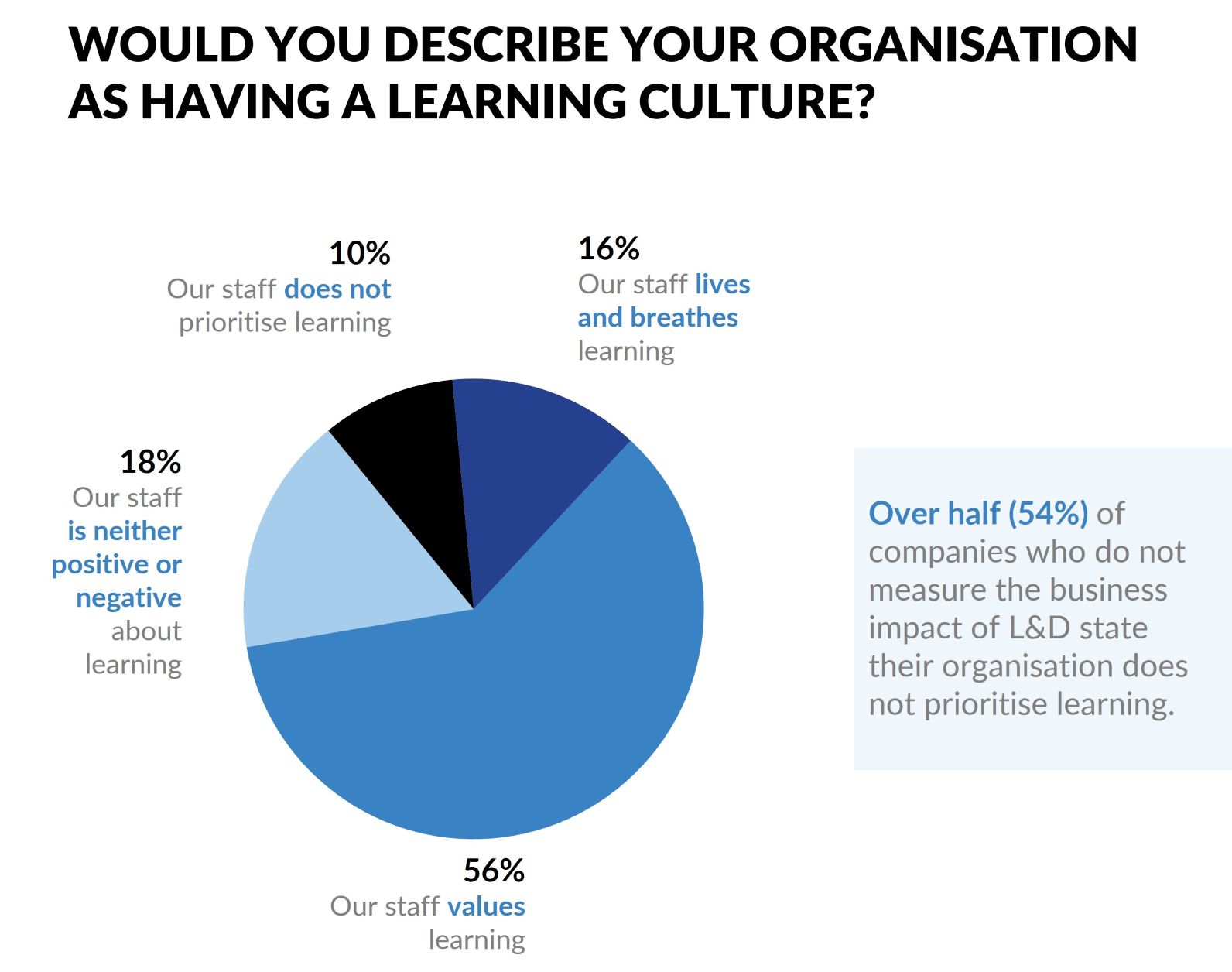As the world emerges into the post-Covid world, the Investment Association (IA) asked a number of professionals to consider what the world of work may well look like now the pandemic has reshaped our thoughts and practices. As part of this project, (Future World Of Work), I was both honoured and delighted asked to contribute my thoughts on competence and capability.
Of course, 15 months in from the first ever lockdown in the UK, it is very hard to predict what might come next. However, I think that on the topic of competence, capability and leaders really leading from the front, there probably are some easy predictions to be made.
As a member of a firm that provides supporting services to regulated entities, we get a unique window into the different challenges across all sectors of Financial Services. This helps us understand the “mood music” of the sector and enables us to compare what is happening in the different corners of the market.
One thing that has strangely been consistent across all sectors of the market has been the noticeable lack of structured development programmes throughout all levels in UK organisations. Now, many of you at this point may be shouting at the screen, “totally untrue – we’ve spent the last 6 months meticulously training everyone around role relevant conduct rules.” If that’s you, then I applaud you – no mean feat in lockdown and very hard to ensure that each business area has a “role relevant approach.”
But I’m not talking about what I would call the “day to day” requirements for training that arise out of BAU. I’m focusing on the good old Training Needs Analysis (TNA) programmes for staff that would consider role, tenure, career aspirations, identified needs, and developmental aspirations. In a world where, even without the pandemic, the pace of change is increasing, it seems the basic disciplines of conducting TNA analyses may well be taking a backseat. If this is indeed the case, this is likely to be counterproductive in the longer term.
These statistics published in a recent UK learning and development (L&D) benchmarking survey would seem to support my experience.

When we are working with our SM&CR clients and looking at systemising the firm’s approach to managing the regime, you can imagine we go through a whole series of questions to help understand the shape of an organisation and its associated processes.
Typically, this is what we find:
• HR Teams that are creaking under the weight of responsibility for managing many elements of the SM&CR Regime
• HR Teams that had not been provided with a structured approach to gaining familiarity with regulatory requirements around Fitness & Propriety
• Teams within an organisation that have been given the authority to “sign off” individuals within Certification at their annual check, but who themselves have had no assessment of their capability to undertake the assessment task
• Senior Managers who are very experienced leaders in their roles, so it has been assumed that they need no further development or input
• A lack of real focus around good old fashioned “development plans” and structured input; i.e. TNA, to improve both knowledge, skills and on the job performance, both from a personal and corporate perspective

A further statistic from the UK L&D benchmarking survey is that, and I suspect this statistic surprises no-one, is that companies with decreasing turnover are twice as likely de-prioritise learning.
So why have firms and individuals got out of the habit?
With the greater focus on employee wellbeing and mental health during the on-going pandemic, it’s really disappointing that employee development appears to have slowed down and dropped down the list of priorities. It is well known that well trained and engaged employees perform better, which in turn delivers improved business results and that’s before we consider the importance of giving individuals caught by the SM&CR regulation the competences needed to ensure they meet their obligations around conduct.
Can organisations and business leaders blame the lack of focus on training and personal development on the pandemic? Well, according to the recently published CIPD People Profession survey 2020, they can!
Prior to the pandemic learning, training & development featured in the Top 3 for both business stakeholders and people (HR/L&D) professionals. But surveyed again during the pandemic, it was clear that this has dropped down the list for business stakeholders.
I will continue my exploration of this important subject in the second part of this blog, and to ensure you don’t miss out on our other upcoming blogs, click here to join more than 10,000 other subscribers and keep up to date with our latest news, products, webinars and publications.
This blog is part of a wider piece of work collated by The Investment Association on The Future World of Work. This series of thought leadership pieces and case studies were designed to generate discussion and help investment managers navigate the workplace of the future. Worksmart were honoured to be asked to contribute to this.


